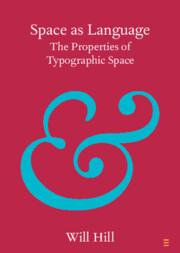Element contents
Space as Language
Published online by Cambridge University Press: 10 August 2023
Summary
Keywords
- Type
- Element
- Information
- Online ISBN: 9781009265447Publisher: Cambridge University PressPrint publication: 24 August 2023
Bibliography
- 3
- Cited by



